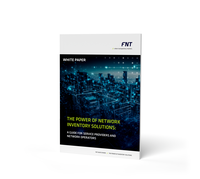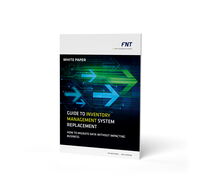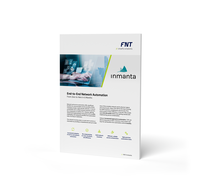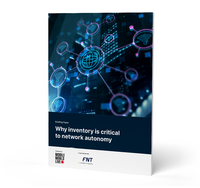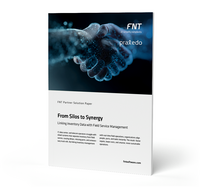What is Network Inventory Management?
Network inventory management is the process of tracking and organizing the IT assets that make up a network to provide a comprehensive view of the entire network. It involves keeping track of everything from physical infrastructure to logical connections, which includes hardware and software assets, such as servers, cables, IP addresses, and network topologies. The network inventory maintains a detailed record of all the available network resources—both passive and active—and their current statuses. The goal of network inventory management is to make it easier to manage and use the network.
Main Components of a Network Inventory Management System
The heart of the system, where all data about network assets is stored, from physical devices to logical resources. Without a reliable and comprehensive database, accurate network management would not be possible.
Automating the process of discovering network elements and collecting data ensures that the inventory remains up-to-date and accurate. This minimizes manual errors and ensures near real-time visibility.
Understanding the relationships between network components is critical for troubleshooting, planning, and managing changes. A visual map of the network provides quick insights into how assets are connected and where potential issues lie.
Proper management of network capacity is needed to avoid bottlenecks, optimize resource usage, and plan for future growth. This helps network operators ensure they have sufficient resources to meet current and future demands.
Before making network changes, it’s imperative to understand the potential impact on services and operations. Impact analysis tools provide insights into how planned changes or faults may affect network performance, reducing risks and downtime.
What are the benefits of using a Network Inventory Management system?
Highlights of FNT’s Network Inventory Management Software
FNT’s Network Inventory Management software governs all physical, logical, and virtual resources in the network and their relations to services and consumers. With this information users have what they need to answer important questions such as which resources are available? How do they contribute to the delivery of services? Who consumes which services?
These difficult questions become easy to answer with FNT software. It’s built to handle networks that contain a heterogenous mix of technologies, domains, and manufacturers. FNT houses all network information in one comprehensive data model, which is enriched from multiple data sources and shared with other applications. All this is accomplished with extensive out-of-the-box integration capabilities. The result is a single source of truth for holistic telecom network management, and key features work together to enhance transparency, control, and optimization of network operations.
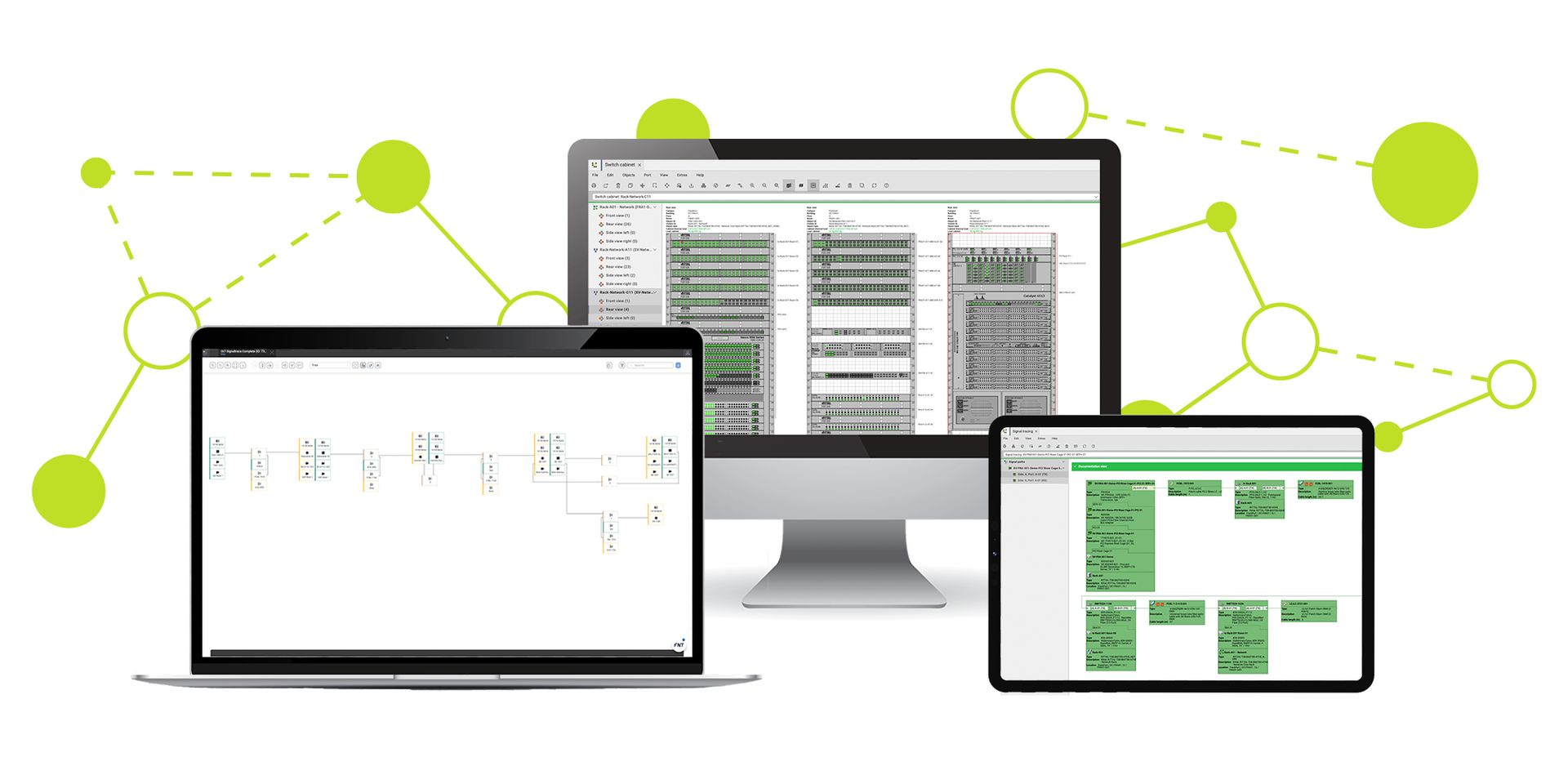
FAQ: Network Inventory Management
A network inventory keeps track of all assets in the telecom network, making it possible to know at any given time which resources you have, which are planned, their status, and all relevant details. And since documentation is not static, keeping it up to date is critical for it to provide the intended value. The importance of gathering and maintaining this information cannot be overstated, because using outdated and inaccurate data for planning and fault resolution can have disastrous consequences on the functioning of the network.
An accurate and optimized network inventory makes it possible for a network operator to efficiently provide high-quality and resilient services to customers at lower operational costs. Network inventory solutions work by collecting and managing data about the network and infrastructure. The assets that make up the network and managed by the inventory system are:
- Active assets – Examples include routers, switches and multiplexers. They’re called active devices because they are powered and usually have interfaces (APIs) that allow up-to-date information to be collected from them.
- Passive assets – Examples include cables, junction / splice boxes and racks. They’re called passive devices because they don’t have active electronics so there is no way of harvesting stored information from them.
- Logical / virtual overlays - Examples include logical circuits, virtual private networks (VPNs), virtual network functions (VNFs), etc. These logical entities may exist within one domain (e.g., a logical circuit in a transmission network) or could cross many different network domains (e.g., an SD-WAN that includes access networks from different service providers around the world).
A network inventory system is vital for keeping the network healthy and functioning. It is almost impossible to adequately manage today’s advanced, dynamic, virtualized networks without a comprehensive and near-real-time view of network assets and resources. A network inventory system provides this view to support general network operation levels, uptime quotient, and capacity planning.
A dynamic network inventory supplies network operators with up-to-date awareness of their network, assets, and available routing and connectivity in near-real-time. This information is vital input to many different types of workflows and solving different types of problems. Almost all business-as-usual workflows service providers and network operators perform have some sort of dependency on their network inventory solution.
Network inventory is a prerequisite for network management and supports or facilitates the most essential use cases:
- Asset Information / Management: captures and stores up-to-date information about the network and all its components to provide insights and enable actions
- Fulfillment: allocates network resources for customer use and connects customers to the network
- Assurance: identifies network bottlenecks, customer impacts and their root-causes, routes data traffic around the problem and manages repair activities
- Planning: informs about the current capacity and status of the network and helps assess the outcome of alternative configurations and changes
- Digital Twin: provides a representation of all current assets and connectivity as well as up-to-date performance and health status of each asset in the network
Networks are continually evolving to accommodate new digital requirements. Frequent changes to the network include adding new assets, decommissioning old ones, changing configurations, and rerouting circuits. This constant fluctuation of asset status and use within the network makes losing track of the documentation state a real risk. A network inventory management tool mitigates this risk and makes it easier to maintain a functioning network.
Unified resource management – Today’s complex networks use assets and resources from the transport network, inside- and outside plant infrastructure, plus the IT and data center environments. All are instrumental in delivering telecommunication services and should be managed holistically in a single database. This approach makes it possible to view network data, relationships and dependencies across all technologies and domains, which greatly simplifies keeping track of the network’s diverse resources.
Integration – For a network inventory solution to do its job, it must always reflect the real network. Exchanging data with other systems is therefore a must. A network inventory tool should have an extensive integration layer that reconciles data from third-party systems and exposes information to any application that needs it. APIs, ETL technologies, and prepackaged interfaces facilitate collecting, reconciling and using data from various sources.
Visualization – Viewing network infrastructure and service data graphically makes it easier to recognize patterns within the data and gain a better understanding of dependencies. Extracting insights from the data drives better decisions, faster response times, and improved overall efficiency.
Further Downloads
Would you like to know more about Network Inventory Management? Then you might be interested in the following:






